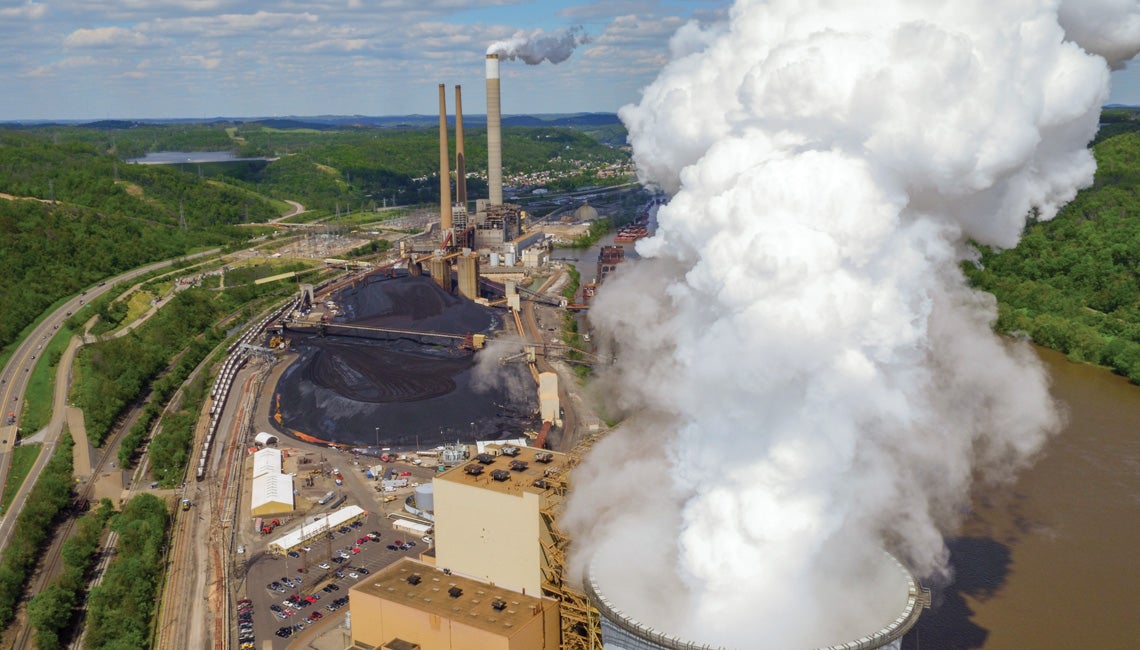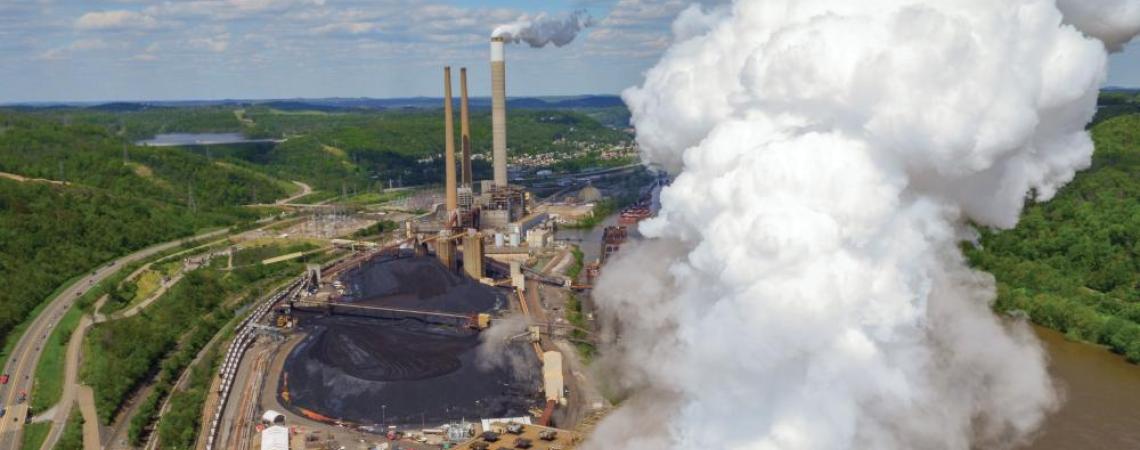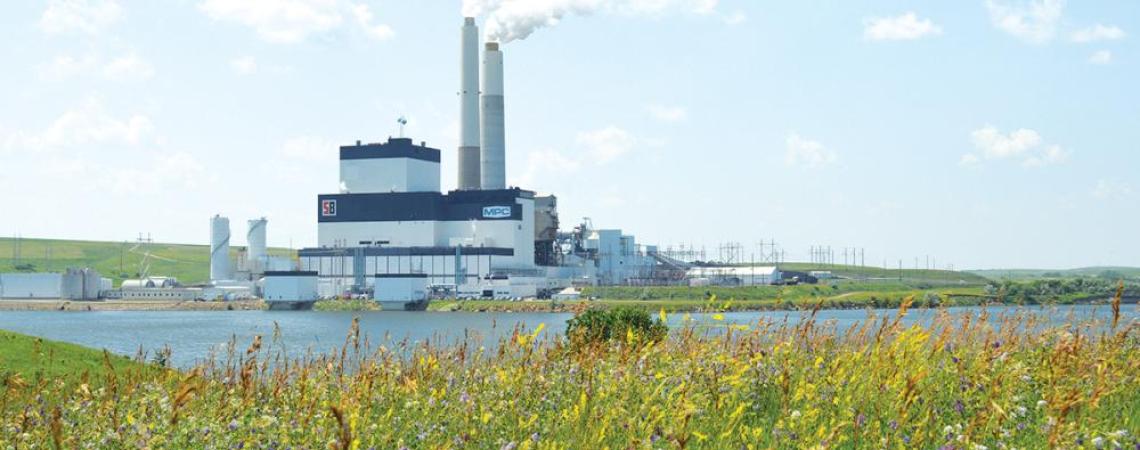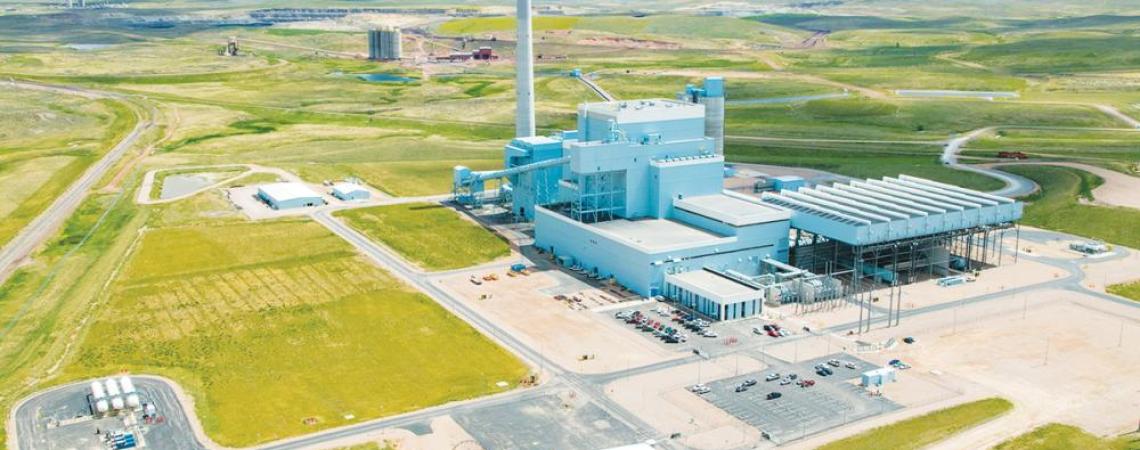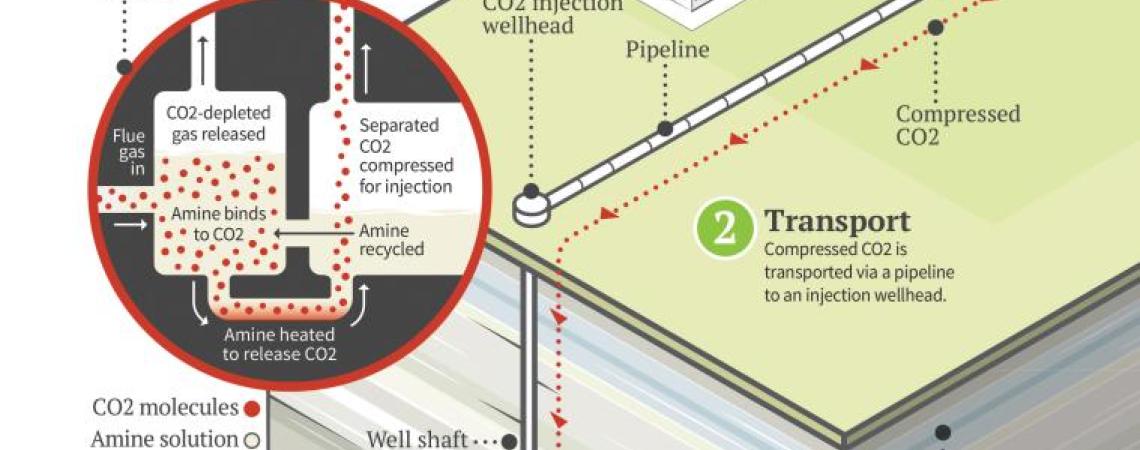The U.S. Environmental Protection Agency’s new Greenhouse Gas Standards and Guidelines for Fossil Fuel-Fired Power Plants requires aggressive action to drastically reduce emissions of carbon dioxide from conventional electricity-generating facilities such as the Cardinal Power Plant, the co-op member-owned generation facility on the Ohio River in Brilliant.
The rule offers basically two ways for plants like Cardinal to reduce their CO2 emissions by 90%: Either invest billions of dollars in a system known as carbon capture and sequestration (CSS), or shut down altogether.
The rock: Costs of shutting down
Buckeye Power, the generation and transmission cooperative that operates Cardinal on behalf of the state’s 25 not-for-profit electric distribution cooperatives, relies on the plant for more than 80% of the power it delivers to more than 400,000 homes and businesses every day. From the start, Buckeye has maintained a commitment to environmental responsibility as part of its mission.
The white plume rising from the stacks at the coal-fired Cardinal Power Plant in Brilliant is nearly all water vapor. Buckeye Power, the member-owned generation and transmission cooperative that operates the plant, has invested more than $1 billion to install equipment that has made it one of the cleanest generating stations of its kind in the world.
“Buckeye Power has invested more than $1 billion in environmental controls over the past 20 years,” says Pat O’Loughlin, Buckeye’s president and CEO. “To put it in perspective, that’s over half of everything we’ve invested in the entire history of our company, and those investments have produced dramatic results in cleaner air, cleaner water, and significantly reduced solid waste such as ash.”
The improvements, in fact, not only met but usually exceeded EPA standards, and made Cardinal one of the cleanest coal-burning power plants in the world. Of course, they also increased the cost of producing electricity — a trade-off generally accepted by co-op members.
The new rules have been challenged in federal court by a consortium of utilities, trade groups, and attorneys general from 27 states, including Ohio. Troy Balderson, a Republican U.S. Representative from Zanesville, introduced legislation to overturn the standards, and Democratic Sen. Sherrod Brown announced that he will support a similar effort in that chamber, specifically citing harm to energy industry workers and rural electric cooperatives.
That’s why the new EPA rule puts Buckeye Power in such a tough spot; if Cardinal must shut down, Buckeye still would have to both pay off those previous investments and provide the power needed for members to keep their lights on 24 hours a day — but would have to do so without its most economical and reliable assets.
It likely would mean purchasing power on the open market, which is not a cheap proposition, especially in the harsh weather conditions that set Cardinal’s reliability in stark contrast to renewables like wind and solar.
Because co-ops are member owned and not for profit, all of those increased costs would have to be borne by members through significantly higher electric bills.
The hard place: An impossible gamble
To avoid shutting the units down, the EPA offers the option to use CCS to meet that 90% reduction — a standard that must be met by 2032, less than eight years from now. The EPA, in announcing its rule, even pointed to one of Buckeye’s sister generation co-ops, Minnkota Power of North Dakota, and its “Project Tundra” CCS initiative, as proof that it can be done.
Minnkota has been working on Project Tundra for almost 10 years at its 700-megawatt Milton R. Young Power Plant near Bismarck, North Dakota, making significant progress on engineering and design, permitting, and regulatory compliance.
The problem is, it’s still just a concept; even after nearly a decade, no construction has yet taken place. Now Minnkota’s CEO has announced a delay in the project because of uncertainty about the EPA’s guidelines.
So, despite the EPA’s assertion, no project has ever even been designed that would meet the requirement — at least not at the scale that would be required at Cardinal.
“There have been a few instances where smaller amounts of flue gas have been cleaned to near 90%, most of the time,” O’Loughlin says. “Our Cardinal Plant is 1,800 megawatts. That’s a big jump. It would be a huge gamble to commit billions of dollars of our members’ money to something that we’re not sure will do what the EPA is requiring, and certainly will not do it in the time frame they’re demanding.”
The bottom line
CCS at Cardinal would require the design and construction of, in essence, a major chemical plant on-site to capture the carbon from the plant’s emissions. Such a chemical plant would have its own electrical needs that would use roughly 25% of the energy that Cardinal produces, according to O’Loughlin. Once the carbon is separated, it would then require a pipeline to a geologically sound deep-well location to store it. (Ohio’s geology, much less favorable to that process than North Dakota’s, presents its own challenges.)
“Right now, the technology remains in a nascent and experimental state that is not technically or commercially viable for Cardinal,” says Craig Grooms, Buckeye Power’s chief operating officer, in a declaration of harm filed with the D.C. Circuit of the U.S. Court of Appeals. And even if it were, he continues, “permitting, siting, design, and construction standards for CCS — including for CO2 storage and CO2 pipeline transportation from Cardinal to storage, as well as the CO2 capture technology itself — mean that any such CCS system could not be placed into service by the January 1, 2032, compliance date required by the final rule.”
In other words, says O’Loughlin, “Cardinal, and likely every other coal plant in the country, will not be able to comply with the rule, and will be left no choice but to shut down. Our grid will become much less reliable, and electricity will become a lot more expensive.”
Voices for Cooperative Power is a grassroots network of electric co-op members who help shape public policy by sharing concerns with policymakers. Find helpful links to connect you with government leaders at voicesforcooperativepower.com/act-now-epa.
